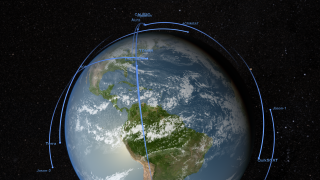Earth
ID: 10980
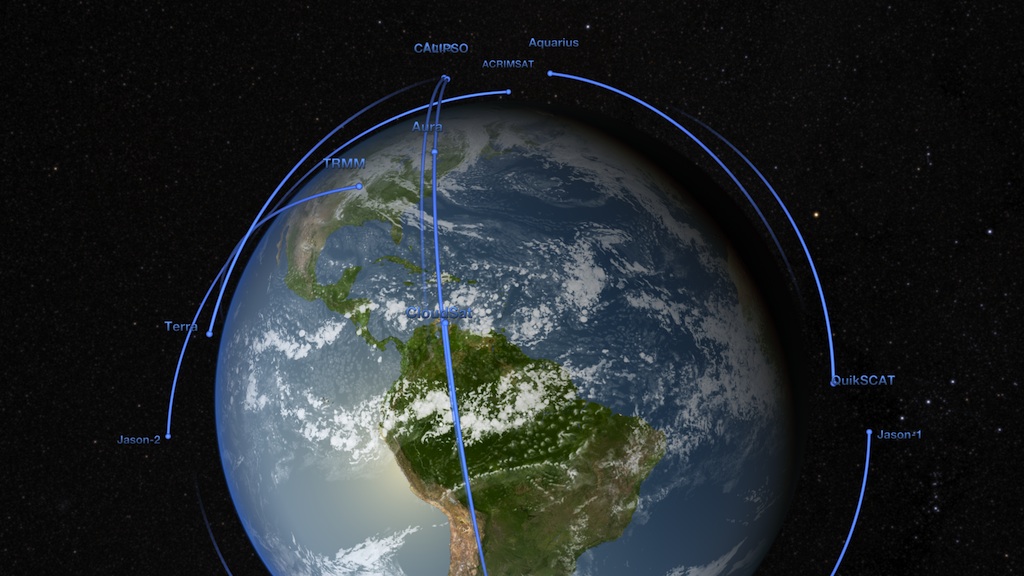
Of all the planets NASA explores, none are studied more closely than Earth. Seventeen research satellites currently orbit the planet, collecting data that scientists use to measure the chemistry of the atmosphere, the transport of water from oceans to sky to land and the dynamics of the ice, forests, deserts and cities that cover the planet. Most importantly, scientists combine these global, long-term observations to study how Earth's systems influence its climate. NASA launched two orbiters in 2011—Suomi NPP and Aquarius/SAC-D—and has additional launches scheduled in 2013 and 2014. Collectively, these new missions will continue a 40-year record of land observations, revolutionize our ability to measure precipitation and put in orbit the first satellite dedicated to tracking carbon dioxide levels in the atmosphere. The still images in the media gallery highlight NASA's next generation of Earth-observing satellites, while the visualization shows the actual orbital paths of NASA's current fleet.
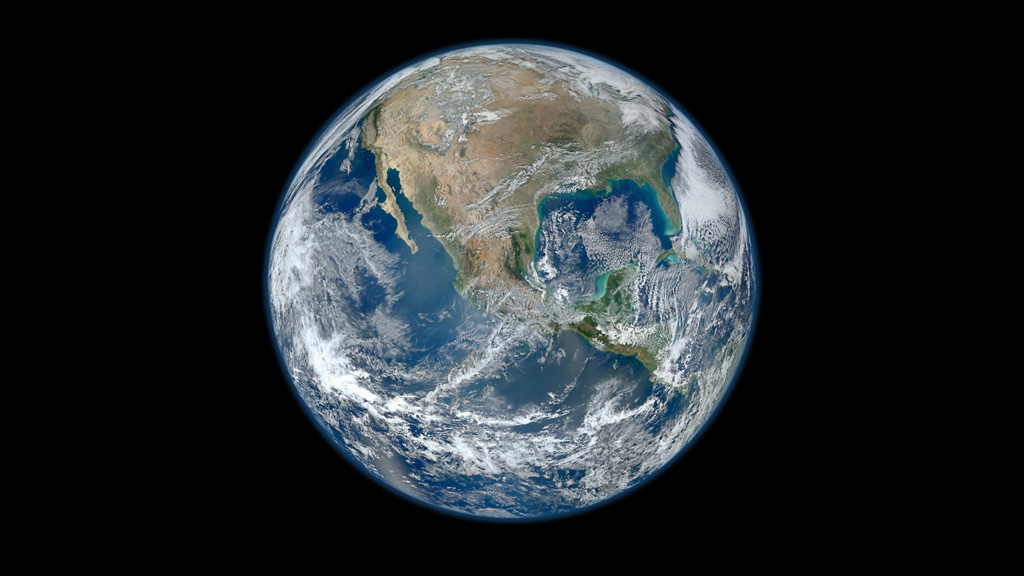
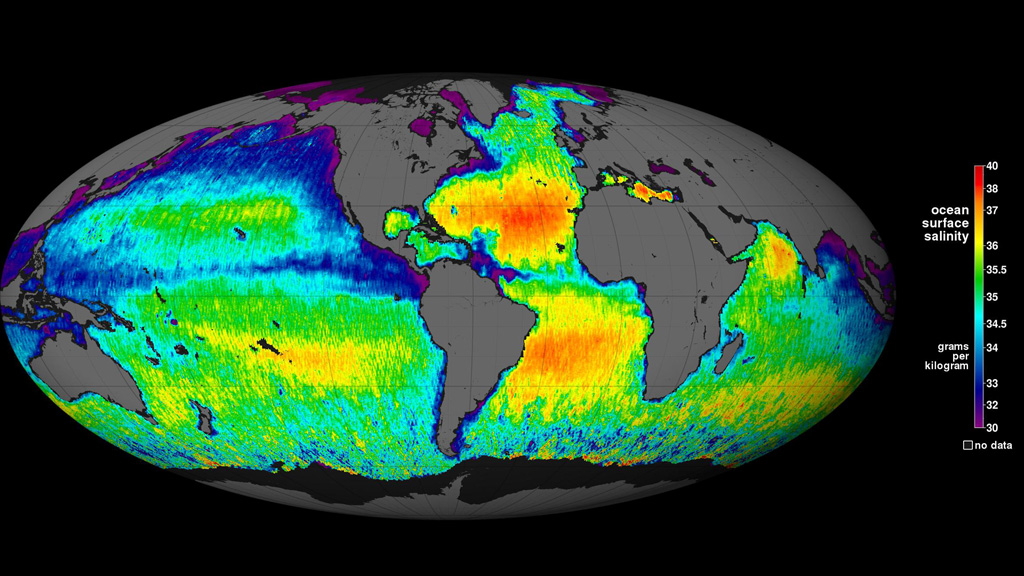
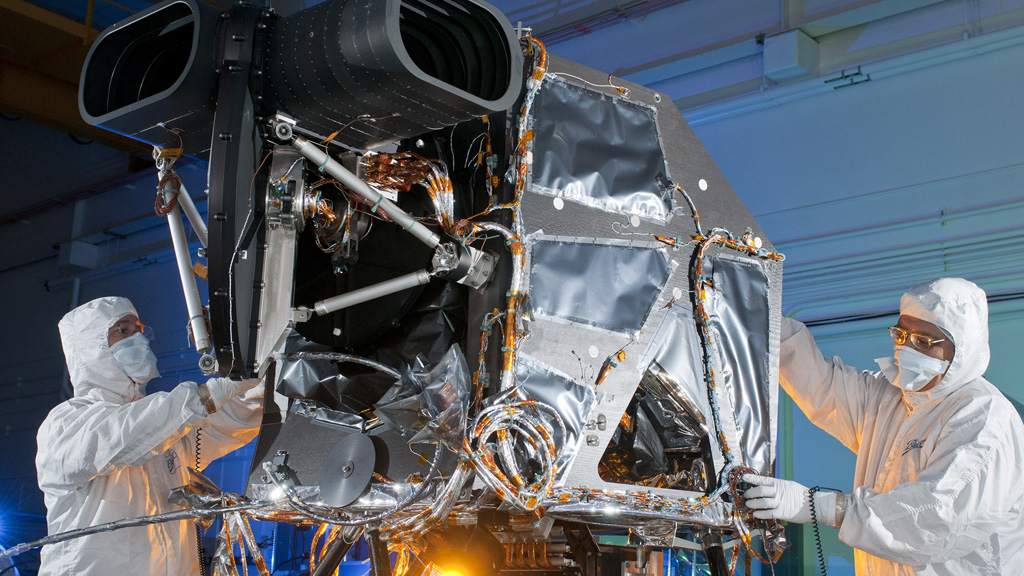
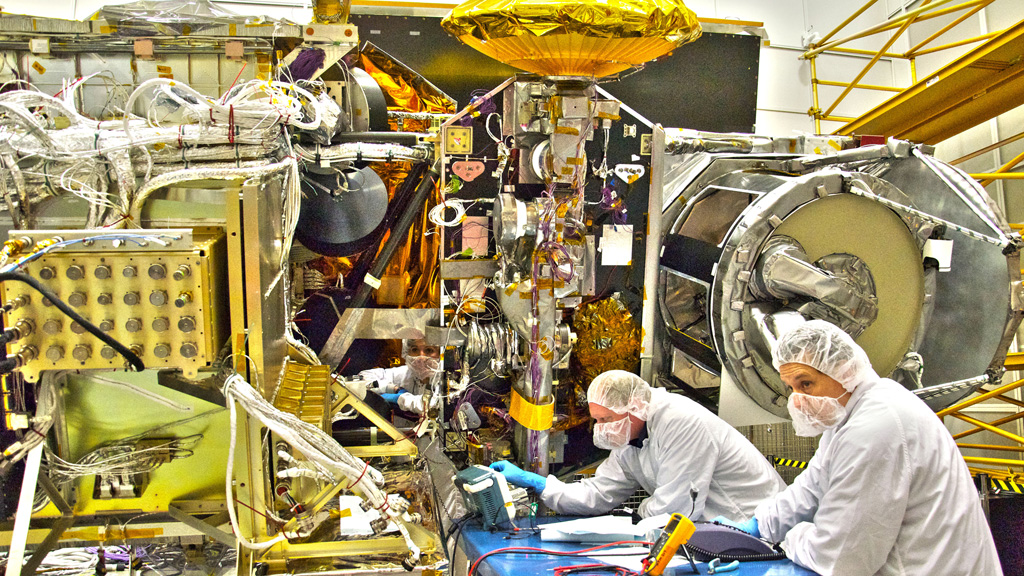
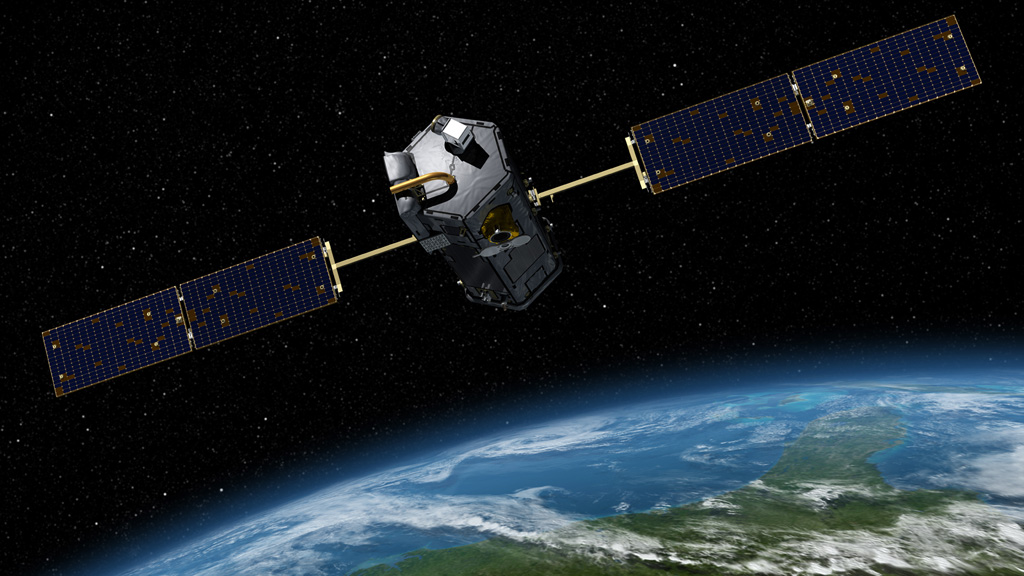
Next Generation






Related Story
Story Credits
Lead Visualizer/Animator:
Ernie Wright (USRA)
Visualizers/Animators:
Greg Shirah (NASA/GSFC)
Tom Bridgman (Global Science and Technology, Inc.)
Lead Writer:
Patrick Lynch (Wyle Information Systems)
Ernie Wright (USRA)
Visualizers/Animators:
Greg Shirah (NASA/GSFC)
Tom Bridgman (Global Science and Technology, Inc.)
Lead Writer:
Patrick Lynch (Wyle Information Systems)
Please give credit for this item to:
NASA's Goddard Space Flight Center
Suomi NPP image courtesy of NASA/NOAA/GSFC/Suomi NPP/VIIRS/Norman Kuring
Landsat clean room photo courtesy of Ball Aerospace
Orbiting Carbon Observatory-2 image courtesy of NASA/JPL
NASA's Goddard Space Flight Center
Suomi NPP image courtesy of NASA/NOAA/GSFC/Suomi NPP/VIIRS/Norman Kuring
Landsat clean room photo courtesy of Ball Aerospace
Orbiting Carbon Observatory-2 image courtesy of NASA/JPL
Short URL to share this page:
https://svs.gsfc.nasa.gov/10980
Keywords:
SVS >> App
NASA Science >> Earth
https://svs.gsfc.nasa.gov/10980
Keywords:
SVS >> App
NASA Science >> Earth
